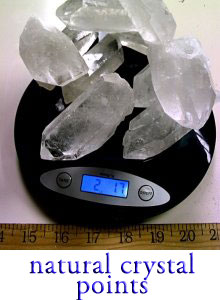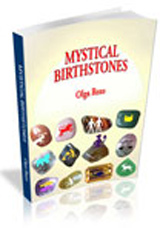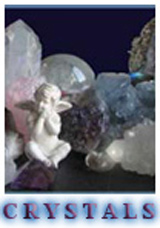
| |
Sunstone gemstone  | |  Emerald stone Emerald stone  | |  Rutile quartz Rutile quartz  | |  Topaz crystal Topaz crystal  | |  Hematite stones Hematite stones  | |  Sapphire stones Sapphire stones  | |  Fluorite crystal Fluorite crystal  | |  Diamonds meaning Diamonds meaning  | |  Vogel crystal Vogel crystal  | |  Blue lace agate Blue lace agate  | |  Jade gem stone Jade gem stone  | |  Orthoclase Orthoclase  | |  Lepidolite properties Lepidolite properties  | |  Sattuckite properties Sattuckite properties  | |  Citrine Citrine  | |  Aquamarine Aquamarine  | |  Rose quartz Rose quartz  | |  Amethyst Amethyst  | |  Fire opal Fire opal  | |  Obsidian Obsidian
 | |  Prehnite Prehnite  | |  Opal Opal  | |  Kunzite Kunzite
 | |  Thulite Thulite  | |  Tourmaline Tourmaline  | |  Amazonite Amazonite  | |  Petalite Petalite  | |  Tektite | Tektite |  Pietersite | Pietersite |  Ruby | Ruby |  | |  Chrysoprase | Chrysoprase | 
|
Classification of Minerals and Crystals by Composition
There are several ways we can classify the great variety of minerals and crystals presently known to us. In addition to using their crystal structure, one of the most common ways is to use their composition.
Even if you are not into chemistry and crystallography, or even if you don't really want to study the physical properties of the members of the mineral world, you might still find this article as well as the series of articles that will follow useful.
For example, if you deal primarily with crystal healing or if you use crystals in metaphysical work, this info can still come handy. Knowing one or two additional things about your crystals can bring clarity, easier navigation in their complex world, or simply being more confident while purchasing new specimens. Or when comparing two similar crystals with each other.
So, here is the basic division by composition that is valid today.
- Silicates — All those crystals that contain the silicate group, SiO4. By far the most widely spread group of minerals. Rock crystal, Quartz, is probably the most famous member of this class.

- Carbonates — These minerals contain the carbonate group, CO3. A well known representative of this group is Calcite.

- Sulphates — Here we find the sulphate group, SO4. Selenite is probably the best known crystal of this group.

- Halides — These crystals contain chlorine Cl, fluorine F, or iodine I. Here we find, amongst the other member of this class, Fluorite.
- Oxides — This is another huge group wherein all members contain oxygen, O. Probably the best known representative is Ruby.
- Sulfides — As their name suggests, they all contain sulfur, S. In this class, we find, for example, Pyrite.
- Phosphates — Here we find minerals that contain phosphorus, P. For example, Turquoise.
- The Elemental class — In this group we enumerate crystals and minerals composed of a single atomic type. For example, Diamond. Diamond contains only one type of atoms — carbon atoms (C).
- And finally, the Mineraloids — These are not real minerals, nor are they crystals. They have no well-defined crystal structure. In addition, most of them are of organic origin, for example, Jet.
Comments:
anonymous says:
10-22-2016
When someone refers to crystals as ice which Crystal is it?
anonymous says:
10-24-2016
Thanks for the interesting question. Ice has a well defined crystal structure. It consists of layers of hexagonally arranged water molecules, stacked one under the other. It is easier to show than to talk about it, so here's the image of one such layer:





























